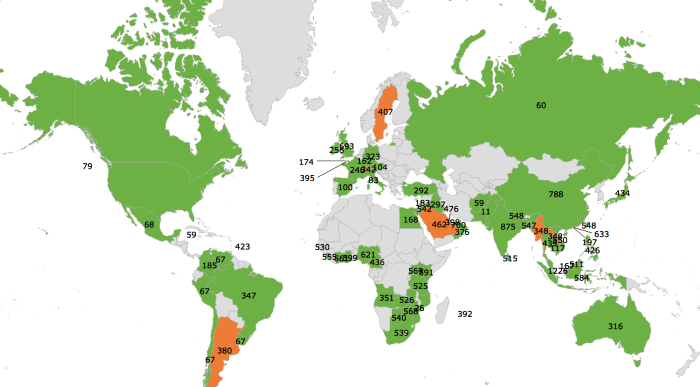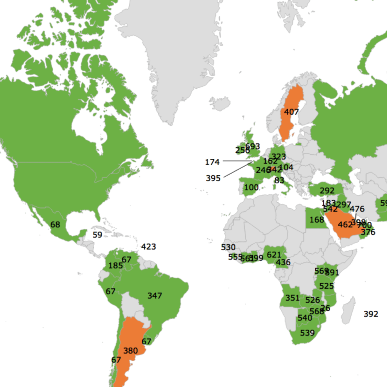How long should a certain type of information be retained before it can, or must, be destroyed?
When all information was printed, not so long ago, this was an easier question to answer. The cost of storage would be plain to see as cabinets would multiply around offices and warehouses. It would be someone’s job to ensure that filing was as efficient as possible and papers no longer useful or required by law would be shredded.
“Electronic documentation and cheap access to disk-space brought almost infinite capacity.”
This is creating new, bigger challenges. Proper electronic filing of ever larger amounts of information requires more discipline and powerful tools to ensure accessibility while mitigating unwanted duplication.
Document retention is now less of a logistical or financial issue. But confidentiality and privacy regulation are increasingly forcing all companies to prove they have a very good level of control on their information storage and destruction.
How Hard Can It Be?
Still, how hard can it be to know which kind of documents you hold and when it is appropriate to destroy them? Surely, all you need is a decent electronic cabinet — a database.
Now, if you are…
- A global bank operating in up to 100 countries
- With hundreds of separate business lines handling several different document types each
… that electronic cabinet had better be easily accessible by the hundreds of local compliance officers tasked with filing the correct information that pertains to their region and sector.
That would be hard if you had to build a new system from scratch using traditional software development tools.
We recently addressed this challenge for one of our clients, delivering a solution in a matter of weeks. Now they can look at a map of the world and, at a glance, tell how close each country is to being compliant.

A Powerful, Flexible Solution
When companies need their people across many locations to feed data into one place, Krescendo can quickly build a powerful, flexible system that specifically supports their way of working. Using LiveDataset means our consultants can put together a new system for you many times faster than if they had to write code. “Configuring by clicking” avoids coding and means your system is inherently flexible — and easy to change.

